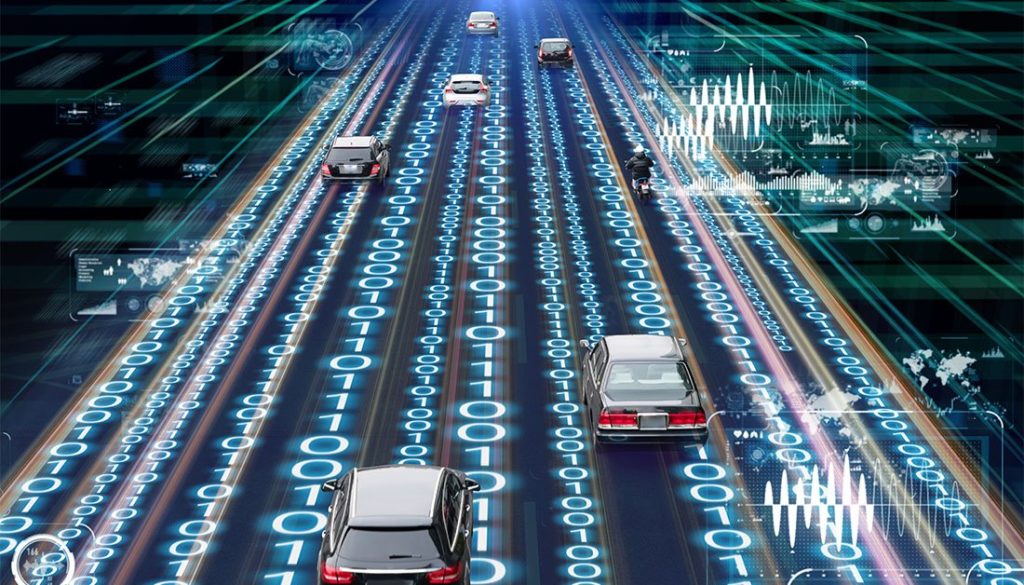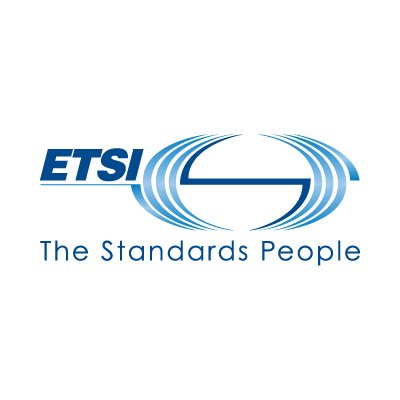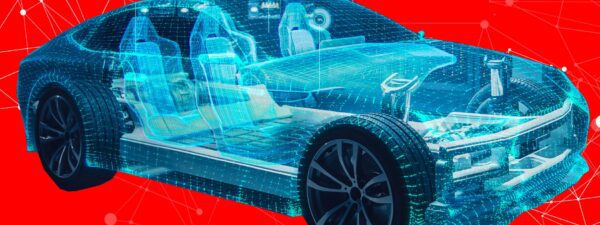The annual ETSI Intelligent Transport Systems (ITS) workshop ended after 2 days of intensive discussions and networking opportunities between industry, the European Commission and stakeholders involved in Cooperative ITS deployment (C-ITS) worldwide.
With evolving technologies over the last few years, the event has been of immediate relevance for both development of the market and for driving the ongoing evolution of ETSI’s ITS standards programme.
The first day was dedicated to a C-ITS status around the globe with ongoing projects in Europe, the United States, Japan and China, confirming Intelligent Transport Systems’ international interest. The European Commission highlighted elements of the upcoming Delegated Act, which should enable C-ITS deployment this year.

An overview of the C-Roads platform, established to coordinate the different European Member States’ deployment activities, highlighted that 15 cities, using ETSI and other standards, should start with a deployment of ITS services this year. To prepare the 2019 world radio conference, spectrum issues were also addressed with the aim to reach a global harmonization of spectrum for Intelligent Transport Systems.
The second day covered security and privacy issues as well as standardization activities, application and use cases. One of the security experts reminded that ITS security needs to address capability first, that is give our systems the ability to do something, then maximize functionality to do it correctly and concurrently address risk to limit the freedom of adversaries to break the system.
During the last day of the workshop, the impact of other changes in the technology environment such as automated vehicle autonomy (non-human controlled vehicles) were also considered.
One of the speakers outlined the relevance of multi-access edge computing applied to ITS while another stated that the current position and timing features were not sufficient to protect vulnerable road users such as pedestrians and bikers.
A study gave an example of artificial intelligence applied to ITS with deep learning-aided resource orchestration for vehicular safety communication. Future development of Intelligent Transport Systems and their standardization will include vulnerable road users, accident free automated driving and upcoming radio technologies.
Last month, ETSI Technical Committee on Cybersecurity (TC CYBER) released ETSI TS 103 645, a standard for cybersecurity in the Internet of Things, to establish a security baseline for internet-connected consumer products and provide a basis for future IoT certification schemes.
As more devices in the home connect to the internet, the cyber security of the Internet of Things (IoT) is becoming a growing concern. People entrust their personal data to an increasing number of online devices and services. In addition, products and appliances that have traditionally been offline are now becoming connected and need to be designed to withstand cyber threats. Poorly secured products threaten consumer’s privacy and some devices are exploited to launch large-scale DDoS (Distributed Denial of Service) cyber attacks.
ETSI’s specification, TS 103 645, addresses this issue and specifies high-level provisions for the security of internet-connected consumer devices and their associated services. IoT products in scope include connected children’s toys and baby monitors, connected safety-relevant products such as smoke detectors and door locks, smart cameras, TVs and speakers, wearable health trackers, connected home automation and alarm systems, connected appliances (e.g. washing machines, fridges) or smart home assistants.



